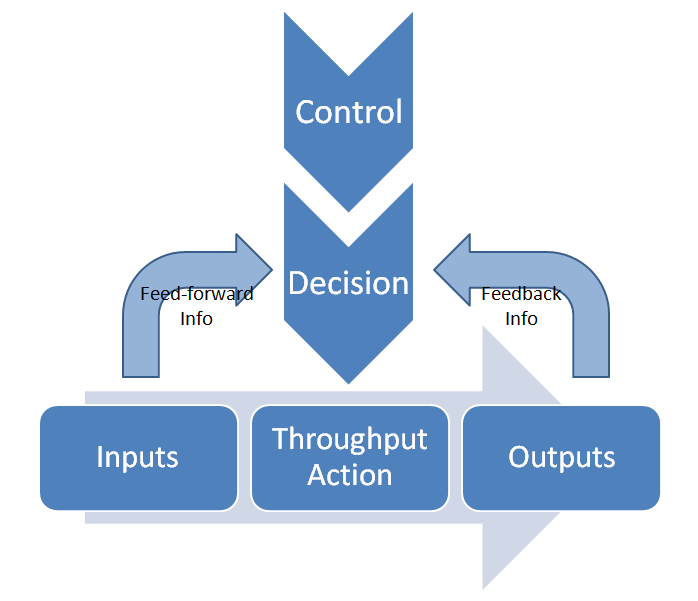
Introduction to the Logic Model:
Before we delve into the lifelong practice of systems thinking, let’s briefly explore a simple yet powerful horizontal input-throughput-output model applied to small businesses. This model envisions a logical flow from setting overarching goals to making informed decisions, ultimately driving the value-adding process, or throughput, that defines your business’s success.
1. Setting Clear Goals:
The journey begins with the establishment of clear and aligned goals. Your goals serve as the guiding stars, shaping the direction and purpose of your small business. These goals become the foundation upon which every subsequent decision and action is built.
2. Informed Decision-Making:
With goals in place, the next step is to make informed decisions. These decisions are the driving force behind your business logic, determining how resources are allocated, processes are designed, and strategies are implemented. In this vertical logic, decisions flow logically from the overarching goals, forming a coherent and purposeful framework.
3. Throughput as Value-Adding Process:
Throughput, in this context, represents the value-adding process within your small business. It encompasses the actions, operations, and strategies that transform inputs into outputs, creating value for your customers and stakeholders. The logic here is that every aspect of throughput is intricately connected to the decisions made in alignment with your goals.
4. Feedback and Feedforward:
A critical aspect of this model is the integration of feedback and feedforward. Feedback from the performance of your business provides valuable insights for continuous improvement, aligning with the principles of systems thinking. Simultaneously, feedforward from the external environment informs your decisions, ensuring that your small business remains adaptable and responsive to changing circumstances.

5. Vertical Logic in Action:
Imagine this vertical logic as a dynamic cascade, where goals inspire decisions, decisions drive throughput, and the results of throughput inform future decisions. This logical flow, from top-down, ensures a strategic and purposeful alignment in the way your small business operates.
Interactive Visualization:
In our interactive visualization, let’s collectively map out this logical model for a small business. Consider your specific goals, the decisions you make, the value-adding processes in your throughput, and the feedback mechanisms in place. This visual exercise will provide a tangible representation of how this logical flow operates within your unique entrepreneurial context.
Transition to Viable Systems Model: Subsystems within Your Business:
As we conclude our exploration of business ecosystem intelligence, let’s transition to a closer examination of your business as a system of subsystems. Join me in understanding the Viable Systems Model, a framework that delves into the internal structures and functions essential for the viability of your enterprise.
